Creating a Sustainable Travel Capsule Wardrobe
Before we get into creating a sustainable travel capsule wardrobe, it is important to outline some key features and definitions. These definitions and features are those widely accepted by the fashion industry as well as some thoughts of my own. In a world of constant changing fashion, it can be challenging to keep up with fashion, whilst not being wasteful of resources or adding significantly to landfill or other waste areas.
However, the fashion industry constantly changes from year to year and season to season. This is understandable it’s a business and to stay at the top they need to do this. Though, personally, it makes me sit back and ask at what cost to not only our pockets, but the environment…I know I am not alone and am also guilty of buying clothes when I already have a wardrobe full (or nearly full). Including clothes “for that special occasion”, “because it’s this year’s fashion”, “same piece just different colour” and “those outfits that just may come back into fashion”.
The main theme which is synonymous with any type of capsule wardrobe is the old saying “Less is More”. It’s a minimalistic approach about making smart choices of base clothing, so it can be kept longer and adding small changes for seasonal or the ever changing fashion colour wheel.
I challenge you all, after reading this to go to your wardrobes and get brutal. Pull out the pieces you “love”, take a second look at the pieces you “like” and donate those pieces you are tired of and start creating not only a sustainable travel capsule wardrobe, but a minimal wardrobe capsule that will see you through the years to come. You can use our printable packing lists for each of the seasons as a guide
*Disclosure: We may have affiliate links with one or more of these companies mentioned & may receive a small commission, at no extra cost to you, if you make a purchase through a link. Please see our full disclosures for further information.
Preview – Title
Our preview briefly highlights the main topics for understanding and creating a Sustainable Travel Capsule Wardrobe. Including examples for each season what a Sustainable Travel Capsule Wardrobe can look like….
If you wish to continue your journey of traveling more sustainably, we have 11 easy ways to help…
- Defining a Sustainable Wardrobe – what is a sustainable wardrobe and why it’s important
- 7 Sustainable Fashion Forms – discover 7 fashion forms to create a sustainable capsule wardrobe
- Creating Your Sustainable Travel Capsule Wardrobe – includes tips for creating your sustainable travel capsule wardrobe
- What does a Sustainable Travel Capsule Wardrobe Look Like – an overview of what’s in a capsule wardrobe
- Spring/Summer Travel Capsule Wardrobe – inspiration for a spring & summer capsule wardrobe can look like
- Autumn (Fall)/Winter Travel Capsule Wardrobe – snapshot of a Autumn (Fall)/Winter capsule wardrobe.
Our travel checklists, are the first step to start your independent travelling. Start building your own sustainable travel capsule wardrobe with our carry on packing list for warm and cold climate and our checked in packing list for warm and cold climate
Defining a Sustainable Wardrobe & Why is it Important.
What is a Sustainable Wardrobe
When defining what a sustainable wardrobe as well as what is sustainable clothing we need to look at some definitions, the Cambridge Dictionary Online was used to get the following.
- Sustainable – “able to continue over a period of time” & “causing, or made in a way that causes, little or no damage to the environment and therefore able to continue for a long time”.
- Fast Fashion – “clothes that are made & sold cheaply, so that people can buy new clothes often”.
- Greenwashing – “behaviour or activities that make people believe that a company is doing more to protect the environment than it really is”.
- Capsule wardrobe – “a small collection of clothes that can be put together in different ways and includes everything you would normally need to wear”.
and
- Slow fashion – “the opposite of fast fashion that encompasses an awareness and approach to fashion that considers the processes and resources required to make clothing”.
These words are often used when looking at what is sustainable fashion, also referred to as eco friendly clothing or ethical clothing and ones to keep in mind when creating a sustainable travel capsule wardrobe. It is also not just about the materials used to create clothing. But also, the processes and practices used to create and dispose of products in the most eco-friendly way, reducing the carbon footprint and reducing the environmental impact of the fashion industry.
Whilst my aim is to create a totally sustainable wardrobe and not just for travel. I am not advocating we all through throw everything out of our wardrobes and go by new clothes. However, changing a piece of clothing once it’s worn for more sustainable clothing options is a great way to build your sustainable wardrobe.
However, while we are in our wardrobes, go through them and just be brutally honest with your clothes especially if you haven’t worn a piece in over 12months. Pull these out and donate them, if it’s been 6 months or under put these in your line of sight in the wardrobe, if you haven’t worn these items in the next week or two…I’d be saying ‘donate’. When buying your new items, it can be made from natural or synthetic fibres (that’s a personal choice), and to be honest there are pros and cons for both. Just ensure you are buying a good quality product and the companies aren’t greenwashing. It doesn’t even have to be a new, see 7 Sustainable Fashion Forms below for what I mean…
Why should we do this?
The Environmental Footprint of Fast Fashion was looked at by the Geneva Environmental Network [] with these 7 findings being quite significant and startling.
- The equivalent of one garbage truck full of clothes is burned or dumped in a landfill every second (UNEP, 2018)
- Approximately 60% of all materials used by the fashion industry are made from plastic (UNEP, 2019)
- 500,000 tons of microfibers are released into the ocean each year from washing clothes — the equivalent of 50 billion plastic bottles (Ellen MacArthur Foundation, 2017)
- The fashion industry is responsible for 8-10% of humanity’s carbon emissions – more than all international flights and maritime shipping combined (UNEP, 2018). If the fashion sector continues on its current trajectory, that share of the carbon budget could jump to 26% by 2050 (Ellen MacArthur Foundation, 2017)
- Some 93 billion cubic metres of water – enough to meet the needs of five million people – is used by the fashion industry annually, contributing significantly to water scarcity in some regions (UNCTAD, 2020)
- Around 20% of industrial wastewater pollution worldwide originates from the fashion industry (WRI, 2017)
The United Nations Environmental Programme have highlighted in ‘Putting the brakes on fast fashion, (UNEP, 2018)’ that it is not all lost and several companies are working towards creating sustainable fashion.
Our travel checklists, are the first step to start your independent travelling. Start building your own sustainable travel capsule wardrobe with our carry on packing list for warm and cold climate and our checked in packing list for warm and cold climate
The 7 Sustainable Fashion Forms
The seven forms of sustainable fashion was originally coined be Green Strategy, a consultancy firm that assists the fashion and textile industry develop their sustainability and circularity work more successfully. The diagram on the website was created by Anna Brismar who identified seven main forms of more sustainable fashion production and consumption.
- On Demand -(incl. made to order, tailor made, bespoke & DIY)
- Green & Clean – (for all phases of a products lifecycle)
- High Quality & Timeless Design
- Fair & Ethical – (traditional production, artisan crafts & animal rights)
- Remake, Repair & Upcycle
- Rent, Loan & Swap
- Second Hand & Vintage
Seven forms of Sustainable Fashion © Green Strategy
Reshuffled 7 Forms of Sustainable Fashion © Lets go a Wandering
Reshuffled 7 Forms of Sustainable Fashion
The above types are set forth predominantly for the sustainable fashion industry. Though they can be used as a guide to build a personal sustainable wardrobe. Especially when incorporated to create a sustainable travel capsule wardrobe, particularly if you change the order a bit. Which we did for our seven sustainable fashion form…
- Remake, Repair & Upcycle
With the wardrobe challenge, choose your much loved items and keep them in good repair. Mend holes, take up or let down hems, create shorter pants, skirts or dresses, or turn a dress into a top. Being a child of the 1960’s, remake and repair, was the way all our clothes ended up. Another way to make old new is to upcycle your clothing changing the colour, one trick I love to do to refresh a shirt is change buttons, a simple task can create a whole new outfit. For those items that are just not for you anymore, take to a recycle clothing store, sell online or give to someone that will love it.
- Second Hand & Vintage
When buying “new” clothes don’t discount a second-hand or vintage clothing shop. These often have some amazing clothing for a fraction of the cost. Whether it’s a new pair of jeans, that someone’s worn in for you or something a little bit more luxurious like a designer label clothes, you can find a shop near you. Enter “second hand clothing shops near me (or + suburb)” or “second hand designer clothing shops near me (or + suburb)” into your search engine and be amazed at the options you have. For those of you that like to shop online, you can even find second hand shops online – here’s a selection from different countries.
That said, in Putting the Brakes on Fast Fashion, (UNEP, 2018) it is stated “Some argue that recycling is itself energy intensive and does not address our throwaway culture—the number of times a garment is worn has declined by 36 per cent in 15 years. So, before donating, consider getting some more wear out of the piece of clothing yourself.”
- Rent, Loan & Swap
This form like the preceding two has been around for years, I am sure many of you have loaned or swapped clothes with friends or family. However, the rental clothing market that has been around for several years and has also gained momentum in recent years. There are many companies about, some of which do peer to peer renting, whilst others hold unsold stock from brands or independent sellers. To find a company near you do a search “rental clothing companies + country you are in”. For a travel capsule wardrobe, this can be of great benefit, especially for special occasions.
Before purchasing any clothing that are “brand new” we always pack what we can from the first three sustainable fashion forms. Though if we do need to replace or get something specific for the destination, we are going to. We follow the philosophy of the next four sustainable fashion forms. Whilst these are in a specific order it can be changed to suit you and your lifestyle.
The Venus of Rags was created in 1967 by Michelangelo Pistoletto. It became part of the Arte Povera (Poor Art) movement, becoming one of the pieces that best reflected the movement itself.
There have been many different meanings assigned to the pile of rags that before the beautiful Venus. Over time some of these include consumerism, recycling, social exclusion, in parallel with the evolution of the reception of Venus of the Rags itself.
For this written piece I am torn between, a representation of “Fast Fashion”. Alternatively, it may reinforce a need to recycle garments…
I would love to hear your thoughts in the comments…
- Green & Clean – (for all phases of a products lifecycle)
Choosing clothes brands that have sustainable practices throughout the products lifecycle is important to ensuring that you are getting a truly sustainable wardrobe. Brands like Nudie Jeans, that use organic cotton in addition to offering free repairs and trade in throughout the life of the piece. Alternatively, other brands like H&M sustainability is at the forefront with their brand. Just some of their initiatives include, offering garment collection globally within their stores. Full transparency of where there clothing is made and have their suppliers sign a Sustainability Commitment agreement, just to begin with. These are just two of the nine manufacturers featured in Putting the Brakes on Fast Fashion, (UNEP, 2018).
- Fair & Ethical – (traditional production, artisan crafts & animal rights)
As shown above both Nudie Jeans and H&M are serious about partnering with suppliers that offer fair trade. Another great way to ensure your clothes are fair & Ethical, is to buy from a local whilst travelling. This is just one way you can travel more sustainably, ensuring that you are getting quality product. As well as supporting the local community, you have a piece of clothing that will provide memories, each time you wear it.
- High Quality & Timeless Design
When choosing new clothing, go for timeless fashion designs that have stood the test of time. The classic jeans, pants, skirts or dresses that can be worn with a variety of tops and accessories. With the right high quality piece, you are guaranteed, a piece of clothing that can last for years of wear.
- On Demand -(incl. made to order, tailor made, bespoke & DIY)
This fashion form is used by us when we can not get the specific piece of clothing that we want. That said, if you are a design or creator of clothing, this could very well be further up the list. Making your own clothing, allows you the benefits, of having exactly what you want, sometimes at a small percentage of the cost.
Creating Your Sustainable Travel Capsule Wardrobe
When creating a sustainable travel capsule wardrobe or any capsule wardrobe, create a checklist. Taking it one step further than the clothes you are taking, to how to choose the manufacturers and suppliers you are buying off.
In 2015 a benchmark was set by Livia Firth (Eco Age co-founder) and Lucy Seigle (journalist) in 2015 with the 30 Wear Challenge. However, this should be a minimum, with a good quality sustainable wardrobe you should be able to get more out of your wardrobe. Aim for pieces that will enable you to get 30+ wears as your first check point.
Research the manufacturer and suppliers to ensure they have sustainable practices, starting with the material they use.
However, include other things like where items are made and are fair trade principles in place.
If using animal products (and this can have it’s own ethical issues for some) only use brands that have certified animal welfare standards or practices in place. Alternatively, avoid animal textiles completely. https://wearitkind.four-paws.org.au/industry-information-and-tools
Make the decision to predominately use companies that have visible and measurable sustainable policies and practices on their website. As guidance “GOOD ON YOU” have rated several companies based on a select criteria. Alternatively, another great source is “The Good Trades” article on 35 Sustainable Clothing Brands Betting Against Fast Fashion.
Though you should also check yourself, search for “[brand] sustainable policy or practices”, “[brand] ethical policy or practices”, “[brand] lifetime guarantee”, “[brand] recycle program” etc.
Choose quality over quantity, ensure your piece can be repaired, re-made & recycled, and there is an added advantage if the company can easily facilitate this like Nudie Jeans and H&M. Also consider brands that offer a lifetime guarantee on their products like Patagonia, repairing damage caused over time.
Other manufacturers such as Nike, clean and donate or recycle your used athletic gear at , ensuring their product gets the 30+ wears. Note: Active in the EU, check if available in your country.
Look for companies that go the extra mile using sustainable packaging and shipping practices for not only shopping online, but delivery & storage at storefront.
Consider reviews from past customers when purchasing, though take into account not everyone has the same expectations. Look for common themes especially with pieces you wish to purchase.
Note: Before buying new clothes always look to your current wardrobe first, replacing with more sustainable options (if necessary) as required.
What does a Sustainable Travel Capsule Wardrobe Look Like
Once you have brands, you know, love and trust, choosing what your sustainable travel capsule wardrobe looks like can be simplified. Our printable travel checklists can help with this one, as they include a minimalistic packing list for both cold (autumn/winter) and warm (Spring/summer) climates. The list is based on the days you will be travelling. Our recommendations for 7+ days takes into account you will be able to wash clothing during your travels.
For a 7+ days winter destination our Sustainable travel capsule wardrobe looks like this (the checklist has been modified with our current checklist).
Not sure about fitting everything in or worried about your packing. Let’s work together and conquer the art of packing.
Note: when travelling in winter much of our clothing is specifically lightweight thermal quality for layering.
- 5 tops – these would include 3 tops or t-shirts and 2 button up tops/shirts.
- 3 bottoms – including 1 pair of jeans, 1 pair of shorts (or two pairs if you are jeans only people), 1 pair of casual pants/skirt
- 2 Cardigans (often this is exchanged for wraps, shawls or extra button up shirts)
- 2 Jumpers/Sweaters (for Winter, packing 1 for Summer – we use lightweight, high quality wool)
- 2 Swimmers (for Summer, packing 1 for Winter for those heat springs and spas)
The following are optional for when you are travelling and you know a special event is planned.
- 1 Dress (often, switched out in place of a skirt/pants)
- 2 Evening tops
- 1 Evening bottoms (pants or skirt from main capsule can be used here also)
Spring/Summer Travel Capsule Wardrobe
*Disclosure: We may have affiliate links with one or more of the companies that the image links to. This may see us receive a small commission, at no extra cost to you, if you make a purchase through a link. Please see our full disclosures for further information.
3 Bottoms – a pair of jeans & shorts (or two pairs of jeans in Greg’s case), casual pants or a skirt.
The following are optional for when you are travelling and you know a special event is planned.
1 Dress smart casual can also be switched with skirt/pants
1 Evening bottoms smart casual or formal wear (pants/skirt)
Note: Many of our Spring/Summer Sustainable Travel Capsule Wardrobe can also be used in the Autumn/Winter wardrobe, with the addition of warmer base and outer layers…
Our travel checklists, are the first step to start your independent travelling. Start building your own sustainable travel capsule wardrobe with our carry on packing list for warm and cold climate and our checked in packing list for warm and cold climate
Autumn (Fall)/Winter Travel Capsule Wardrobe
*Disclosure: We may have affiliate links with one or more of the companies that the image links to. This may see us receive a small commission, at no extra cost to you, if you make a purchase through a link. Please see our full disclosures for further information.
Often in cooler climates heating inside is turned right up so bulky clothes aren’t always required, just sensible warm base layers.
Ice Breaker and Patagonia are great places to start for base layers, as well as all-weather coats.
3 Bottoms – two pair of jeans (or one jean one thermal snow pants), casual pants or a skirt.
2 Cardigans can be exchanged for wraps, shawls or extra button up shirts
The following are optional for when you are travelling and you know a special event is planned.
1 Dress smart casual can also be switched with skirt/pants
1 Evening bottoms smart casual or formal wear (pants/skirt)
Other articles that may help you.
Plan your next adventure – Don’t give up your Daydream
24 Last Minute Gifts for Travellers
9 Creative Ways to Gift Fun Travel Experiences
Our Favourite Travel Planning Resources
From Bucket List to Destination DO List
11 Best benefits of small group tours – and why we love them
11 Easy Ways for Traveling more Sustainably
23 Great Sustainable Travel Essentials – it’s the little things
Travel insurance – Do YOU really need it?
The Points or Pay system when travelling??
6 steps to Create YOUR Perfect itinerary
9 Tips for YOUR Perfect Travel Plan and Budget
7 Essentials to Pack for Cold Climate Destinations
6 Luxury Accommodation Styles Pros and Cons
10 Essential International Travel Checklist Points – All you need to know
I am always happy to reply to any comments, suggestions for next articles or a hello. You can contact me through our Social Media or at jeanine@letsgoawandering.com with any questions or comments.





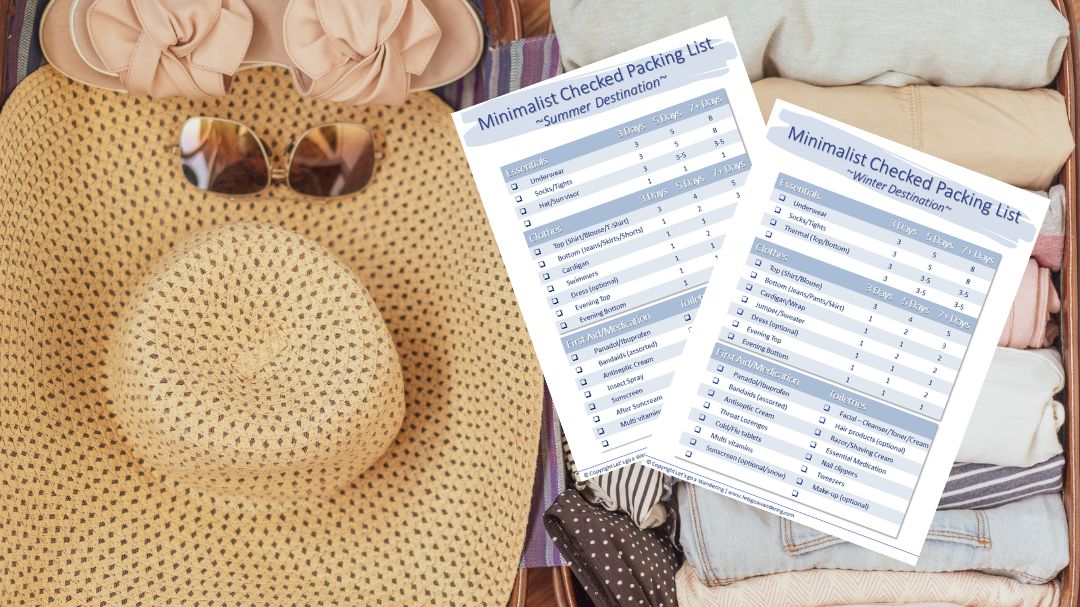
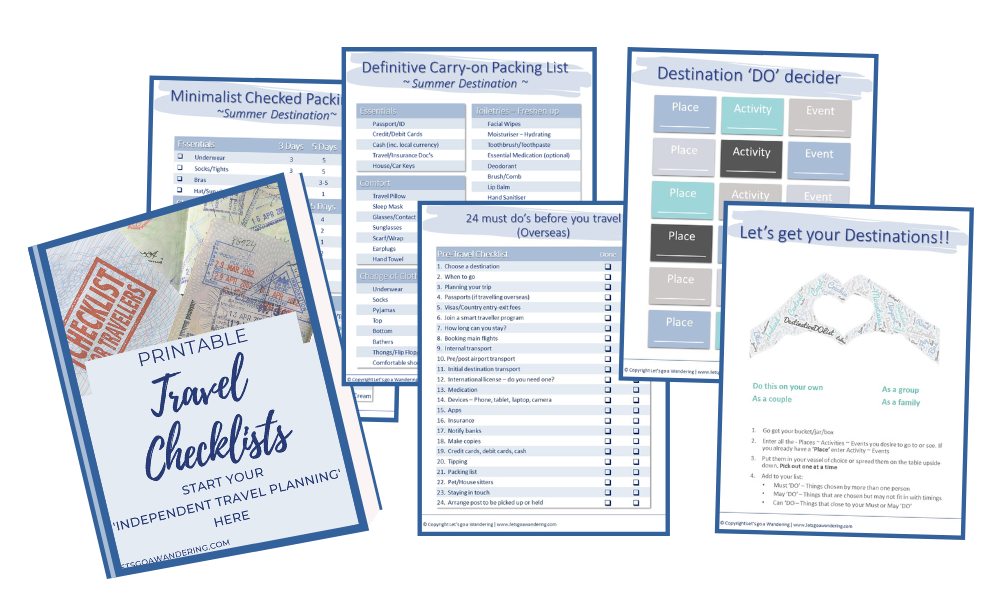
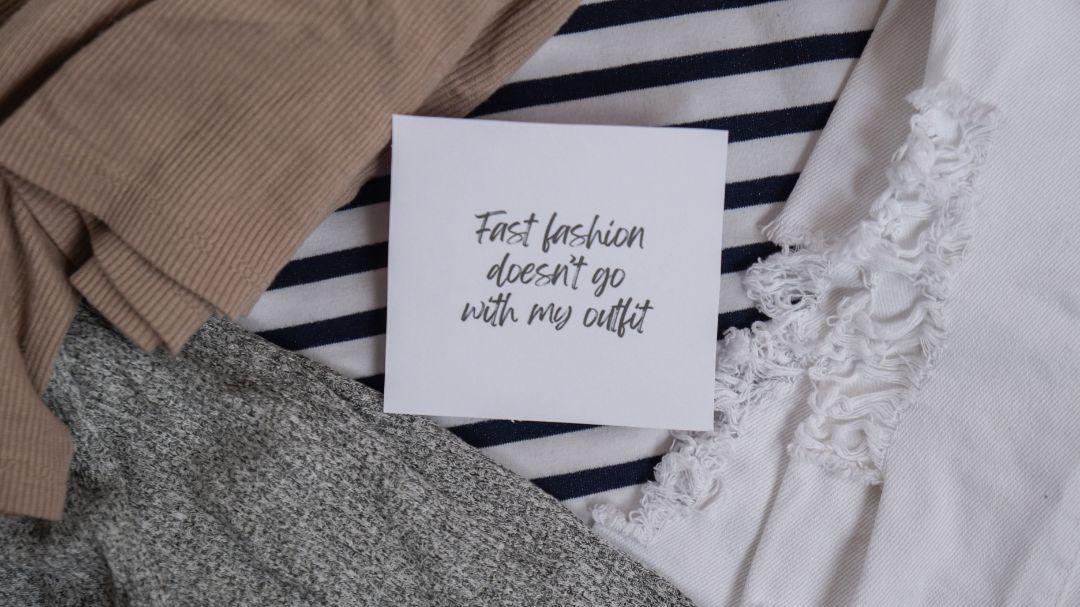
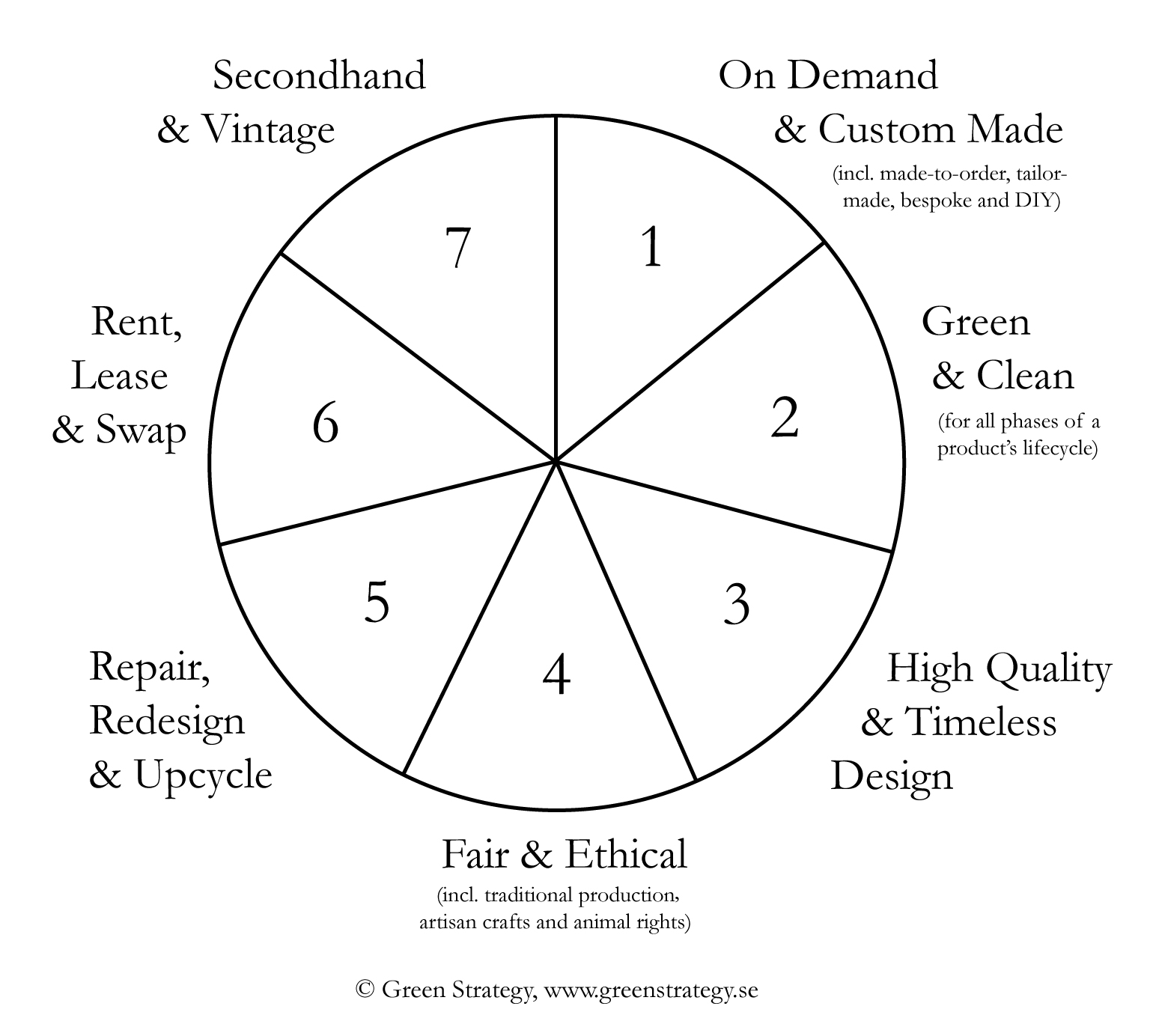
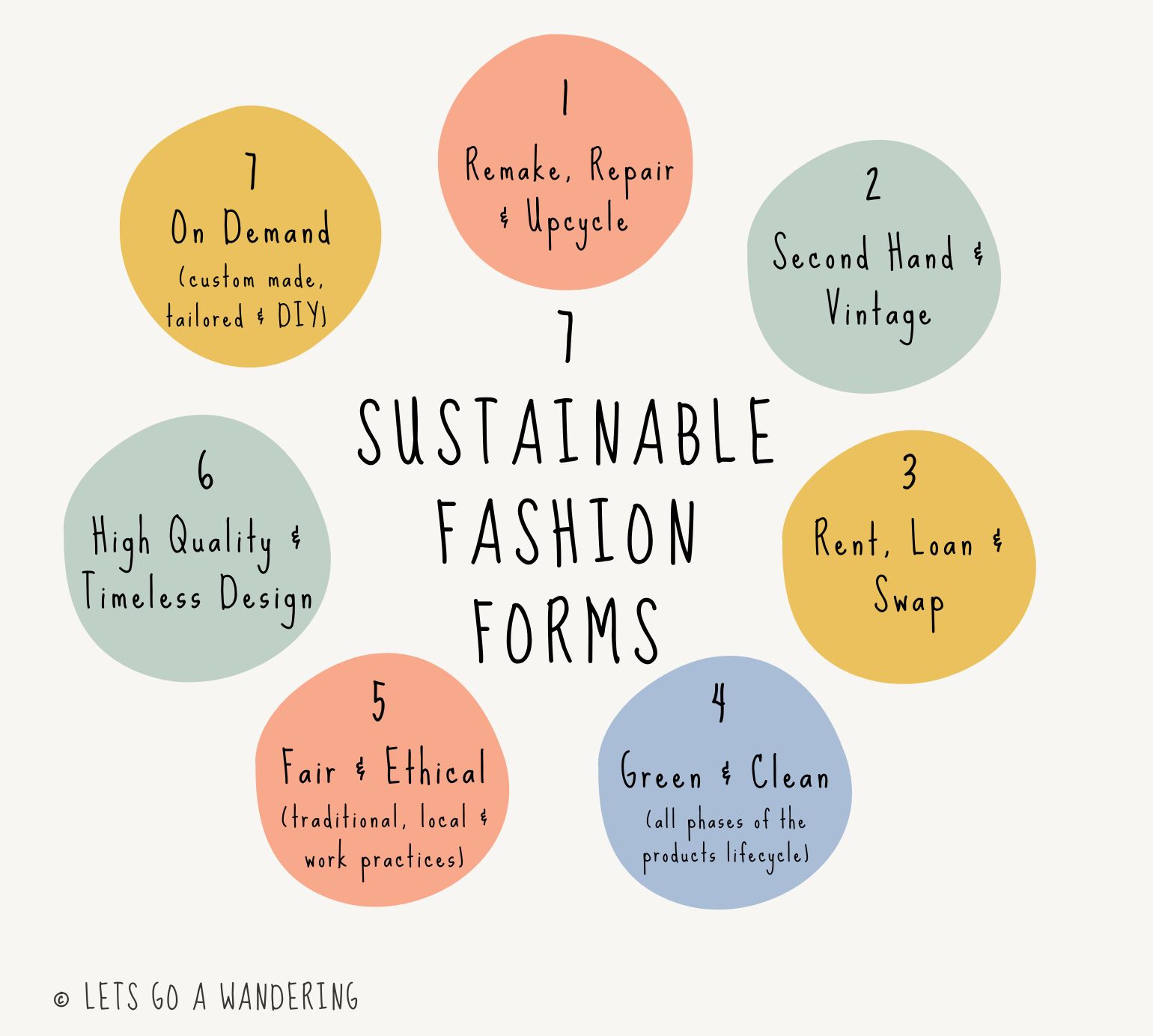
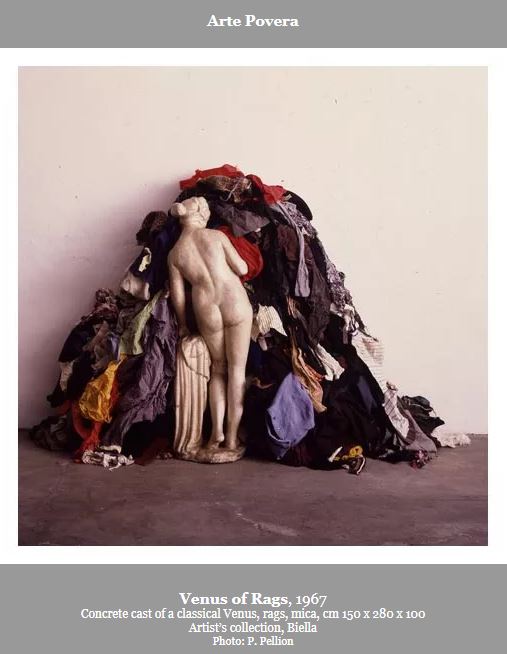
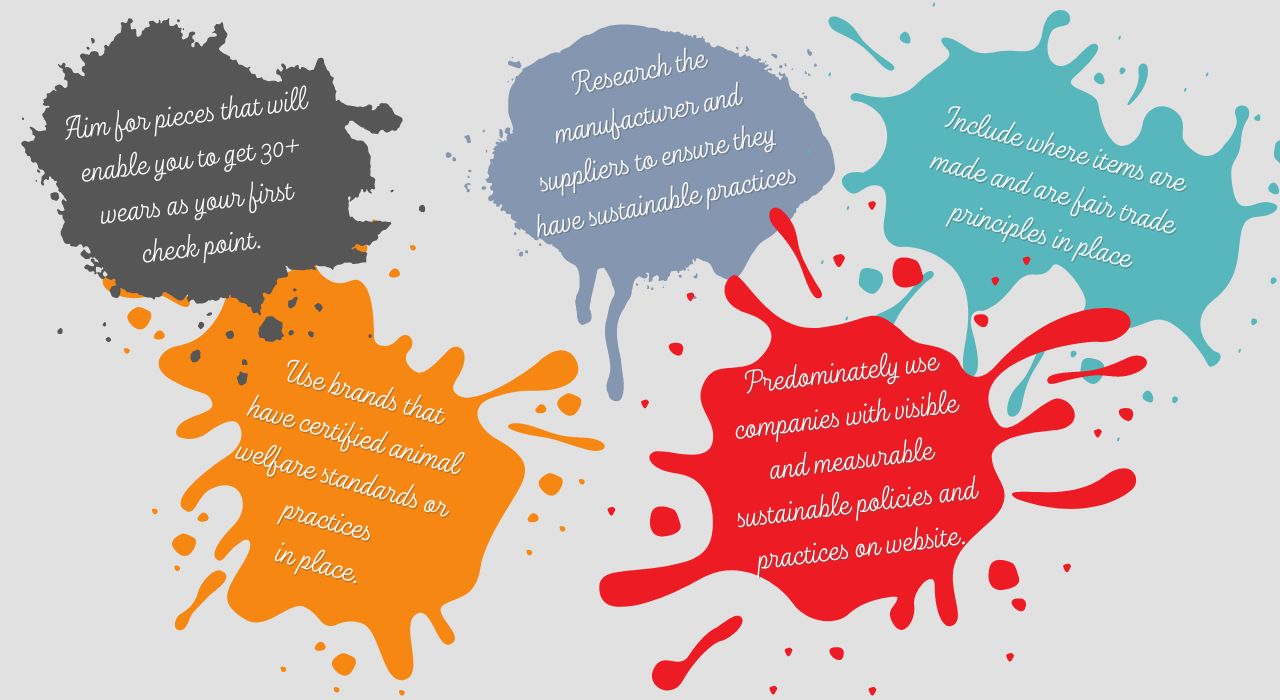
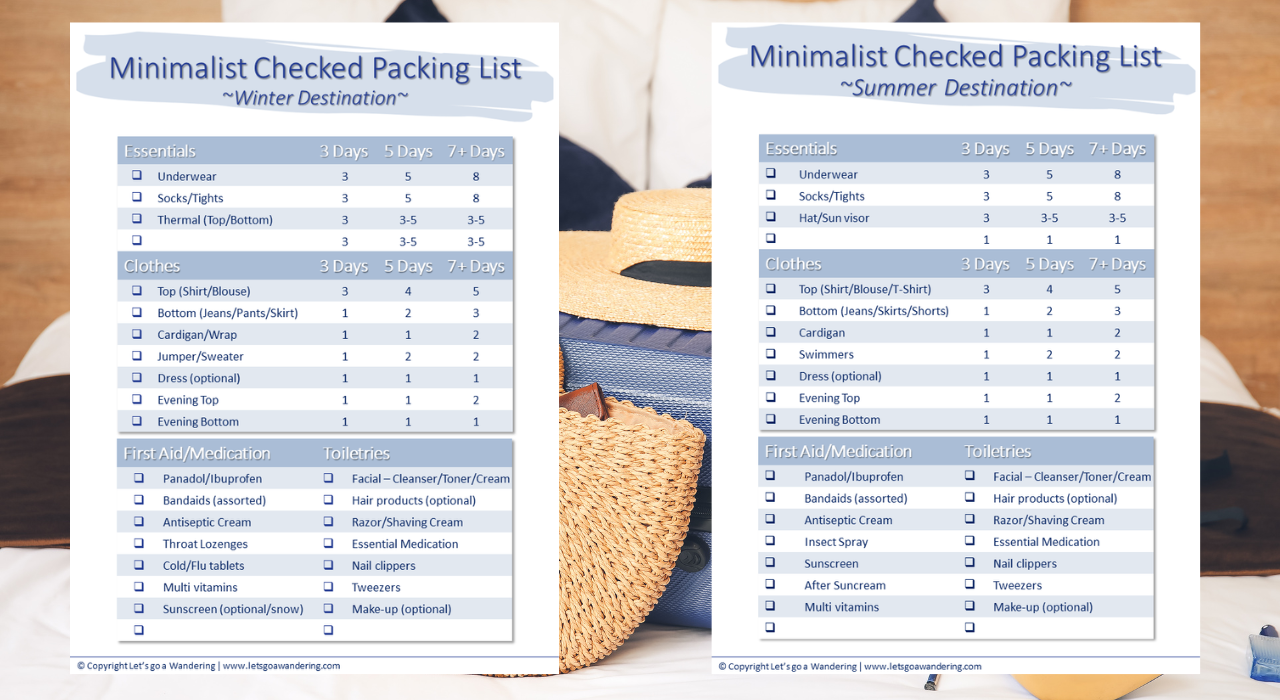
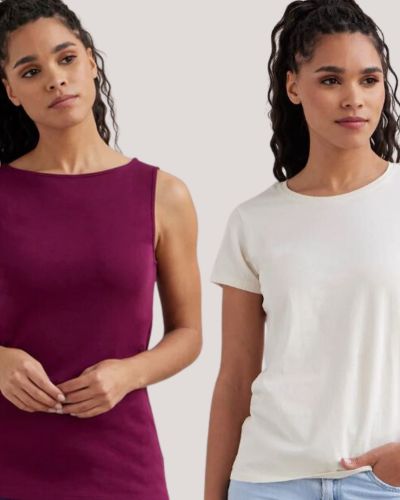
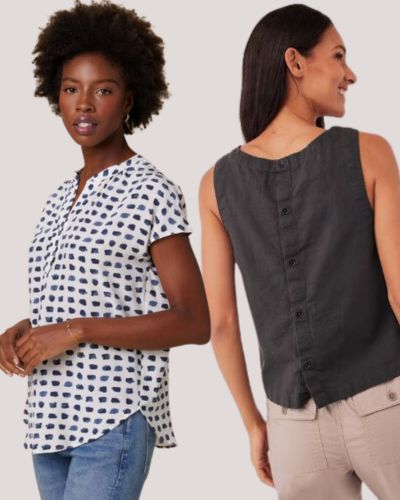
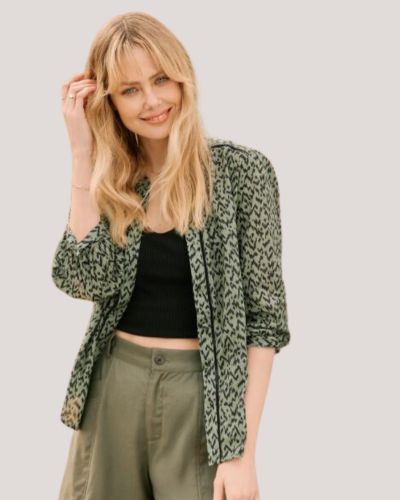
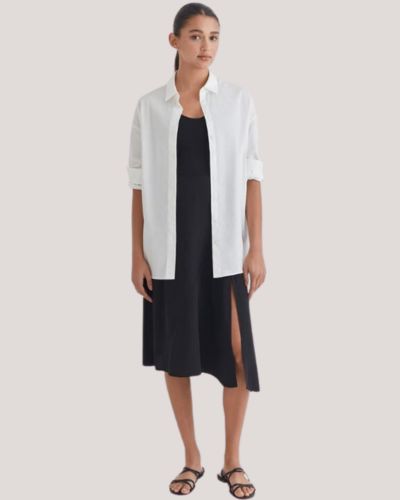
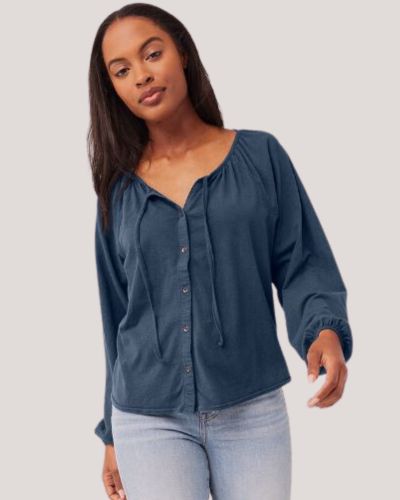
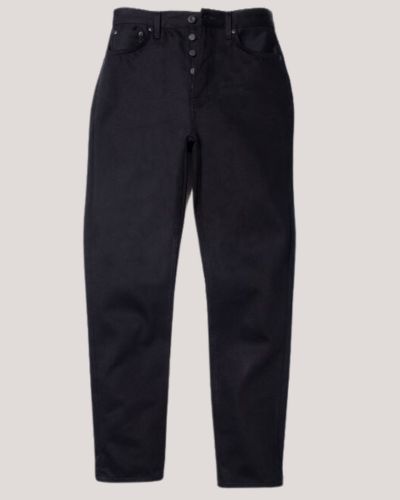
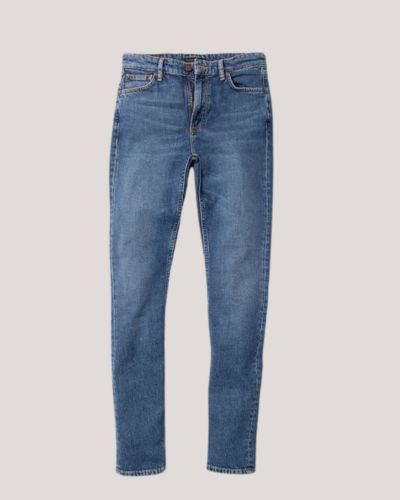
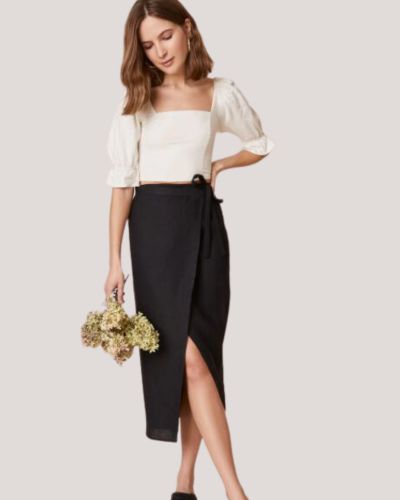
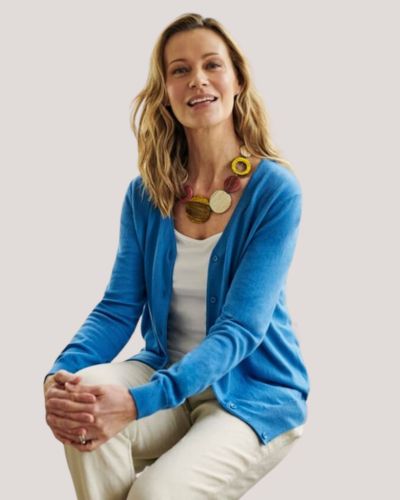
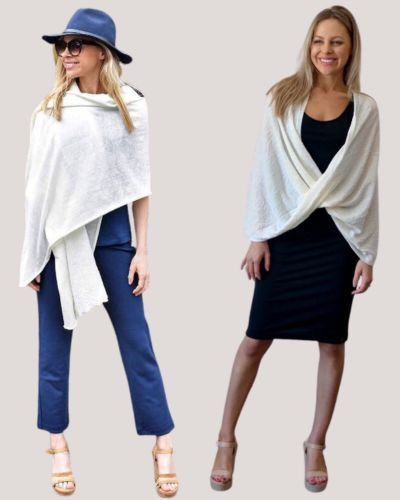
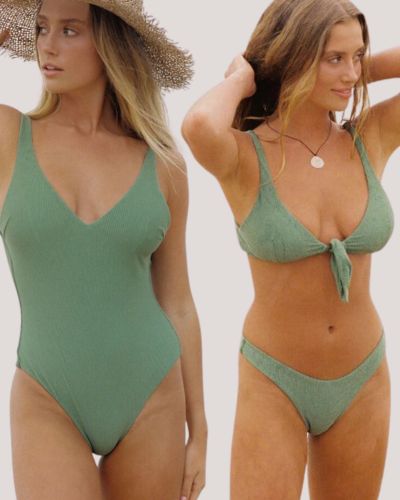
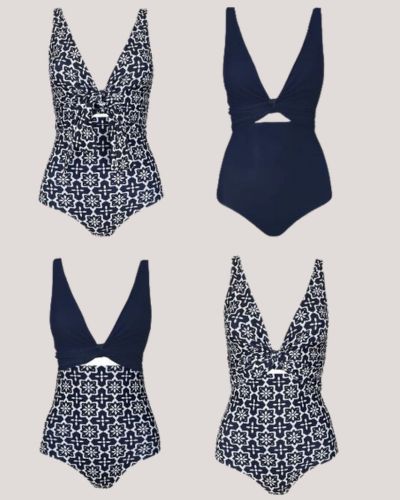
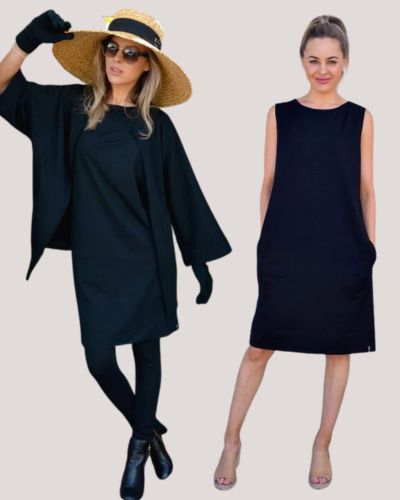
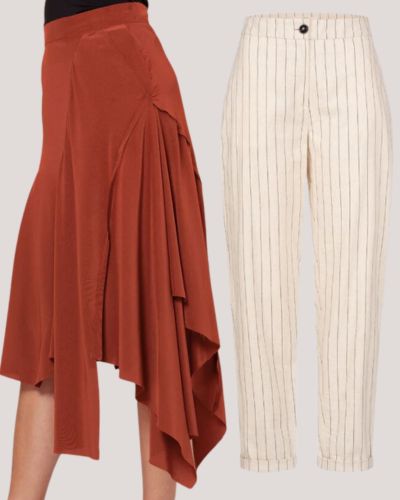
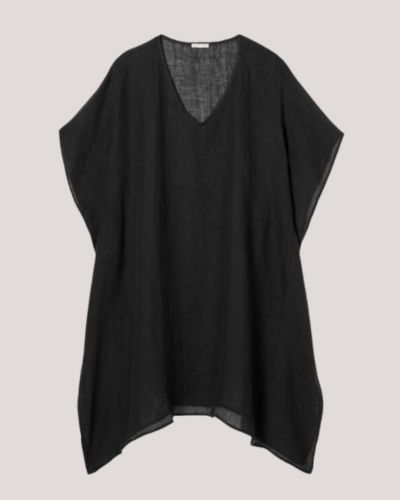
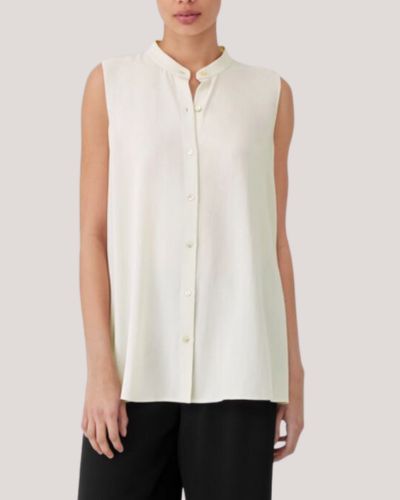

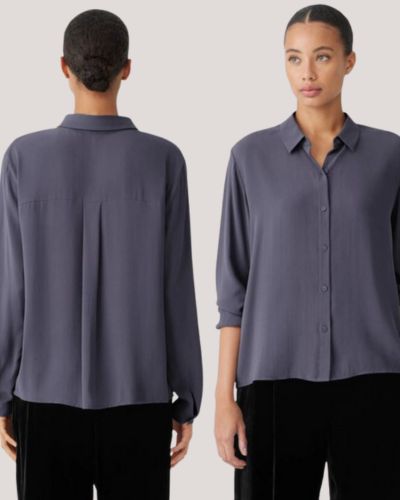
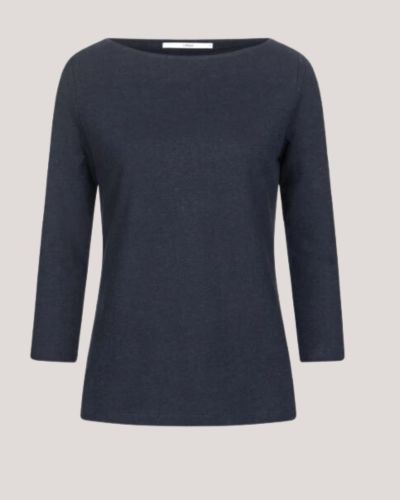
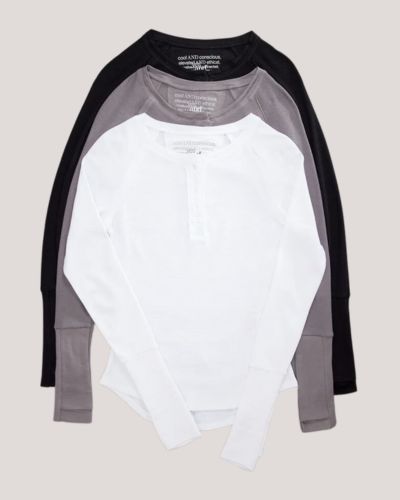
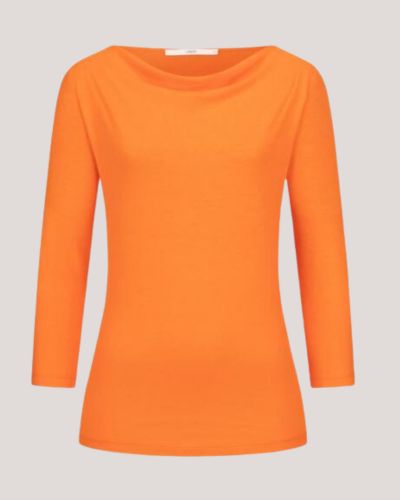
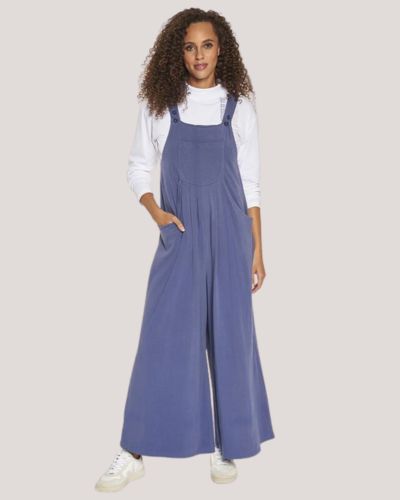
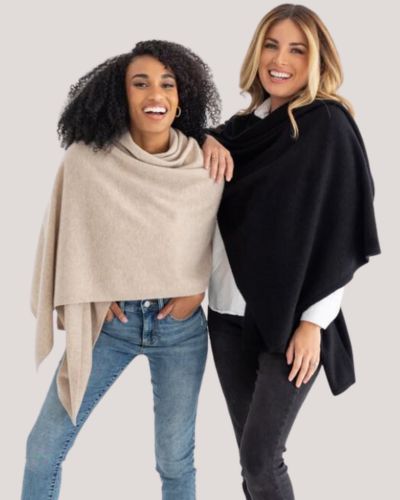


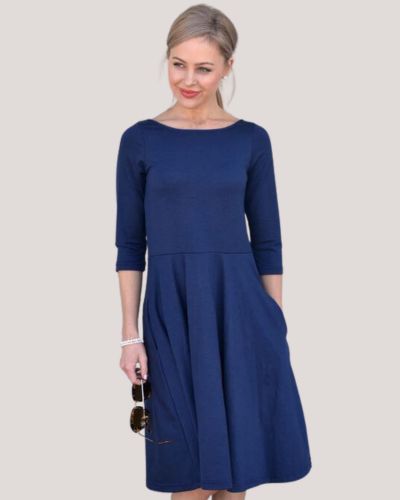
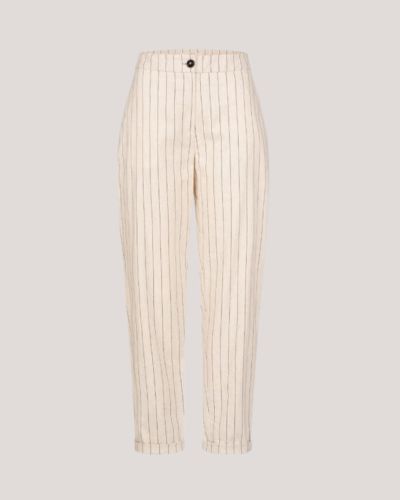

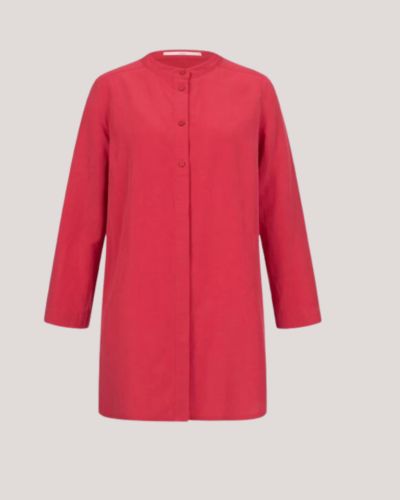
It’s great to know these steps and learn how to travel sustainably. Thanks for putting this post together. It is very helpful and detailed. I didn’t know anything about fashion forms.
Thank you and glad you liked it…ha ha I knew the ‘fashion forms” but didn’t know they actually had a name…we always learn as we research and write
This is such a great and inspiring post! Fast fashion is a pretty awful concept LOL and these ideas are a really fun way to look good!
Thank you so much, this is something I am getting more passionate about…and agree Fast Fashion is an awful concept…and I am glad more are investing in the future and so glad you found it fun
Very informative post!
I wasn’t aware of the term “travel capsule” and I would have never imagined that it was clothes-related. Fantastic idea.
Also, I didn’t know that H&M had a sustainable division. I think it’s great that Nike has the recycling program. More brands should follow!
Thank you…It is great that many brands are becoming more accountable and putting in place incentives for customers to have sustainable options.
Great post! I love a good loan and swap party with friends. We all bring clothes that don’t fit or we’re tired of and swap around! I had no idea there are clothing rental companies though, I’ll definitely have to look into it. Thanks for such a thorough, informative, and important post!
Thank you…and a brilliant idea a clothes swap party…glad it was helpful for you…